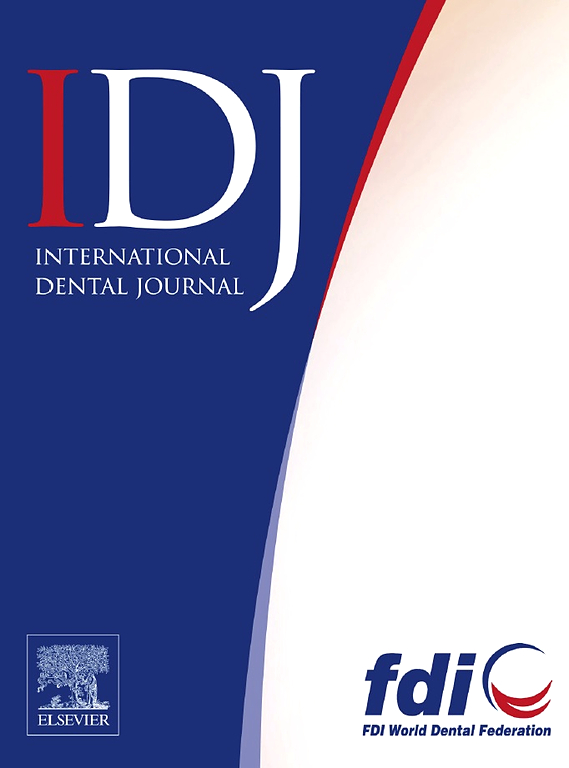Comprehensive Analysis of Orthodontic Treatment Effects on the Oral Microbiome, Metabolome, and Associated Health Indicators
IF 3.2
3区 医学
Q1 DENTISTRY, ORAL SURGERY & MEDICINE
引用次数: 0
Abstract
Introduction and Aims
Effects of orthodontic treatments on oral health, particularly on the microbiome and metabolome, are not well understood, and this study aims to clarify these influences using multi-omics approaches.
Methods
We used 16SrRNA sequencing to analyze oral microbiota and untargeted metabolomics for metabolic profiling, comparing clear aligners (CAs) and fixed appliances (FAs) in healthy and unhealthy oral environments.
Results
We found CAs significantly improve oral health markers—including reduced plaque accumulation, enamel demineralization, microbiome alpha diversity, and microbial heterogeneity, especially in unhealthy oral environments. Orthodontic treatment type and overall oral health status significantly altered the oral microbiota structure and metabolite composition. Notably, the effect of orthodontic methods was more pronounced on metabolome than on microbiome. There's a strong link between changes in oral microbiome, health status, and hygiene habits. For example, Prevotella and Treponema were linked to poor oral health indicators, whereas Rothia, Granulicatella, and Streptococcus were associated with good oral hygiene indicators. Machine learning analysis identified 13 key metabolites, including cholylarginine, alpha-CEHC glucuronide, 2-hydroxypentanoic acid, Cer (d17:1/6 keto-PGF1alpha), and LysoPE (15:0/0:0), which were associated with inflammatory responses and served as predictive markers for poor oral health. These metabolites were closely correlated with specific microbial species enriched in oral environment, including Rothia, Prevotella, and Anaeroglobus, suggesting their potential as biomarkers for oral health monitoring. KEGG enrichment revealed differential metabolites were significantly enriched in alkaloid biosynthesis pathways, particularly map01064, which is crucial for polyamine synthesis related to bacterial activities.
Conclusion
CAs significantly improve oral health markers, particularly affecting the metabolome more than the microbiome, with key metabolites and microbial species serving as potential biomarkers for oral health monitoring.
Clinical Relevance
This study provides comprehensive insights into interactions among orthodontic treatments, oral health status, microbial, and metabolic dynamics, offering foundation for developing personalized strategies in oral health management and orthodontic care.
求助全文
约1分钟内获得全文
求助全文
来源期刊

International dental journal
医学-牙科与口腔外科
CiteScore
4.80
自引率
6.10%
发文量
159
审稿时长
63 days
期刊介绍:
The International Dental Journal features peer-reviewed, scientific articles relevant to international oral health issues, as well as practical, informative articles aimed at clinicians.
 求助内容:
求助内容: 应助结果提醒方式:
应助结果提醒方式:


